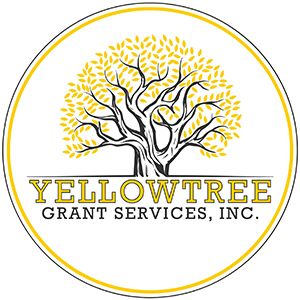Writing SMART Goals
How many times have you come across a funding application that requires SMART goals and wondered what exactly that means?
SMART is an acronym for Specific, Measurable, Achievable, Relevant, and Time-bound. SMART goals provide a clear understanding of what an organization hopes to achieve and how it will measure success.
Here’s an example of a SMART goal for a volunteer program for newcomers provided by an Immigrant Services Organization: We will engage 20 newcomers in existing community volunteer activities for a minimum of 3 hours per week for the next 6 months, to help them build connections, skills, and integrate into their new community.
Let’s review this goal using the SMART framework:
Specific: The organization will provide volunteer opportunities for 20 newcomers in their community.
Measurable: They will engage 20 newcomers in volunteer activities for at least 3 hours per week for the next 6 months.
Achievable: Community volunteer opportunities have already been identified (and as an Immigrant Services organization, they have 20 newcomers to participate in the program).
Relevant: Volunteering can help newcomers build connections and skills and integrate into their new community.
Time-bound: The goal will be achieved within the next 6 months.
SMART goals are useful for planning, implementing, and evaluating projects – and they also make it much easier for funders to understand your project's impact and to evaluate its success. Of course, you'll also need to collect the right data using the right data collection tools to measure that success.
Here are some tips for writing SMART goals:
Specific: Clearly define what the organization wants to achieve with the funds.
Measurable: Goals should be expressed in numbers or percentages so that success can be easily tracked and evaluated
Achievable: Consider your organization’s resources and abilities, and make sure the goals are doable. Set yourself up for success and don’t commit to something you are not sure you can deliver on.
Relevant: Ensure that the goals align with your organization's mission and priorities, as well as the funder's priorities—key to grant success!
Time-bound: Goals should have a specific timeline for completion to demonstrate accountability and provide a timeline to track progress.
By using the SMART framework and aligning your goals with the funder's priorities, you can demonstrate your capability to achieve measurable results, which increases your chances of securing the funding you need to make the impact you are hoping for.
